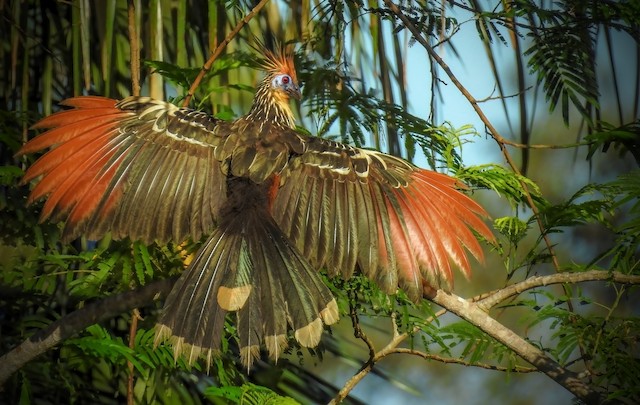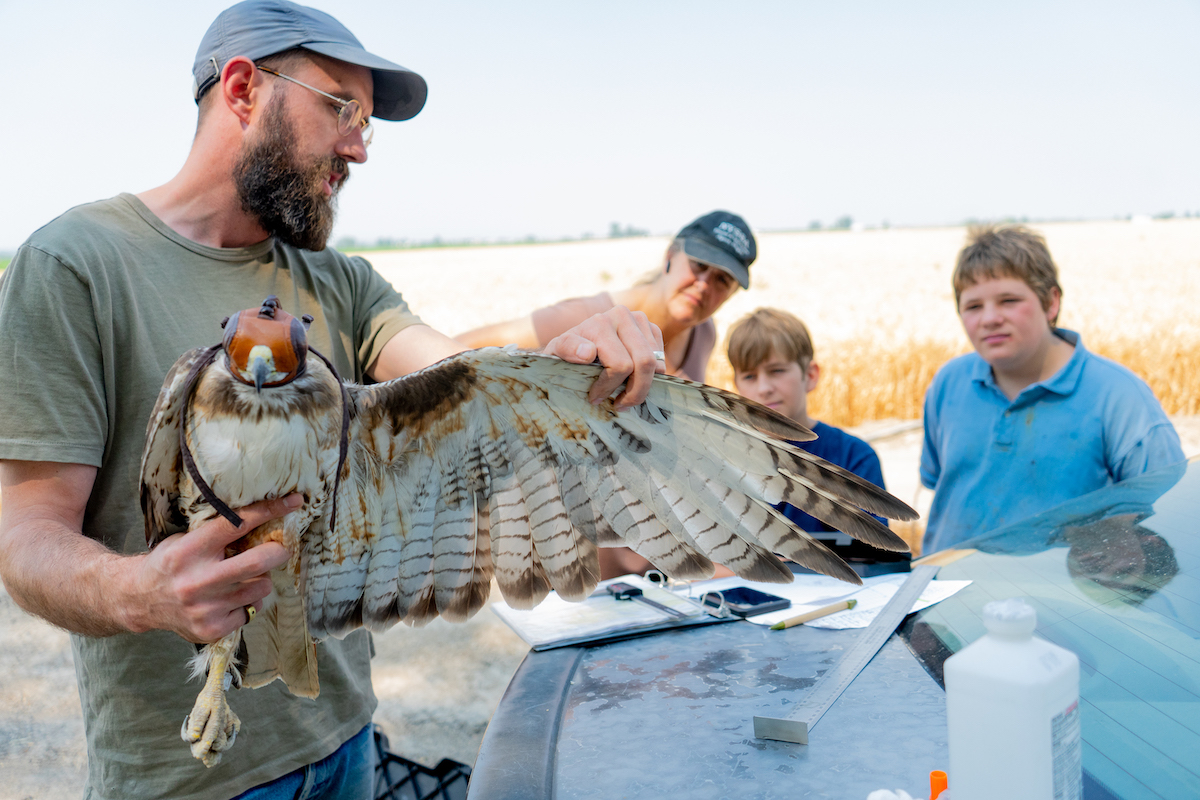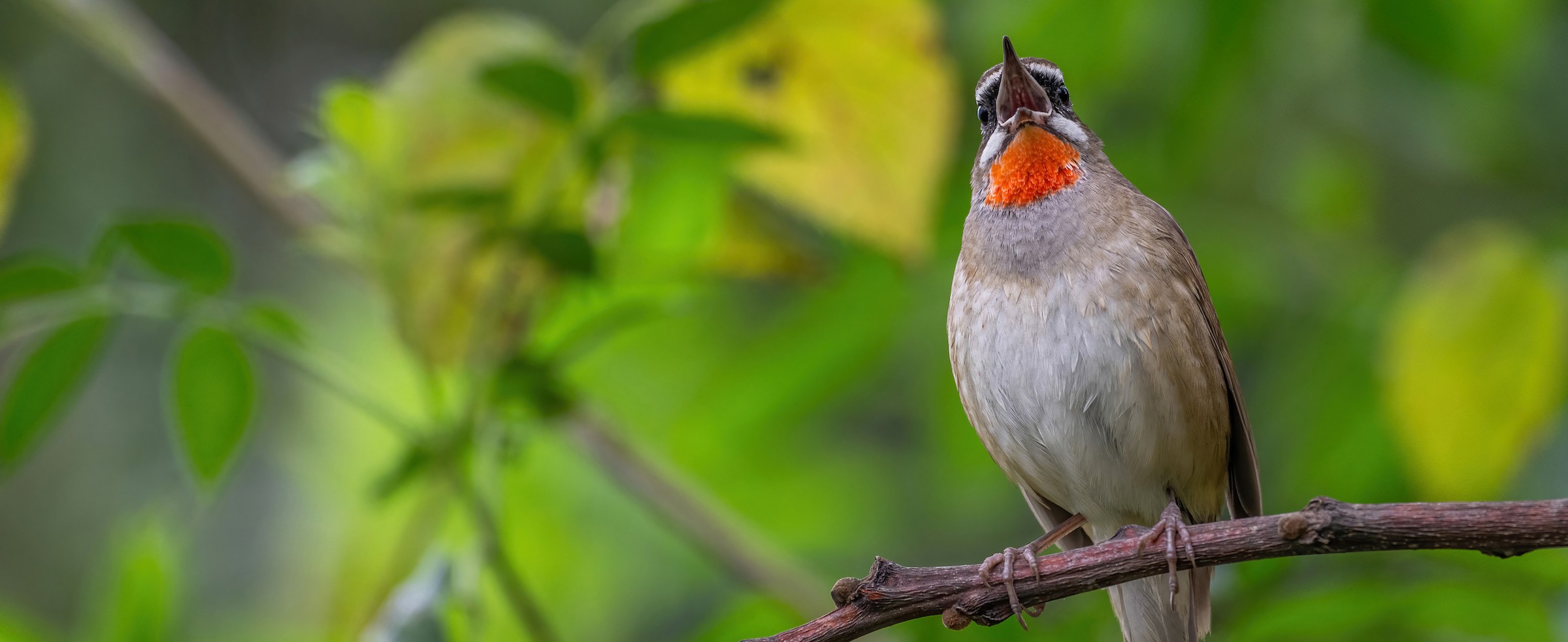
Free preview accounts









Subscribe to Birds of the World
Unlock species accounts, maps, multimedia, and bird family overviews.
Use promo code INTRO10
Discount applies to first term only for new subscribers
Subscriptions for your organization
For public and academic libraries, government agencies, consulting firms, nature centers, nonprofits, and more
Learn more about institutional subscriptionsSpecial Member Access
For Cornell Lab Chairman's Council members, AOS members, Public Libraries, Bird Clubs and other organizations
Special Member AccessEvery bird has a story
Take a deep dive into the remarkable lives of birds with this dynamic natural history resource.
Scholarly Content
Birds of the World engages the global ornithological community to create the most in-depth, science-based content to illustrate the life histories of birds and bird families.
Read more about content sources
How To Contribute
Authors interested in contributing their research results to Birds of the World can learn more here. Observers can contribute data and media through eBird and Macaulay Library.
Latest updates









News and Webinars



Conservation Status
Percentages are calculated based on 11,017 species in Birds of the World.
Data provided by IUCN (2023) Red List.
More information
| Least Concern |
71.3%
|
|---|---|
| Near Threatened |
7.9%
|
| Vulnerable |
6.2%
|
| Endangered |
3.5%
|
| Critically Endangered |
2%
|
| Extinct in the Wild |
0.05%
|
| Extinct |
1.4%
|
| Not Evaluated |
0%
|
| Data Deficient |
0.34%
|
| Unknown |
7.4%
|
About Birds of the World
Birds of the World is a powerful resource that brings deep, scholarly content from four celebrated works of ornithology into a single platform where biologists and birders can find comprehensive life history information on birds. Every bird has a story. Discover them all with Birds of the World.
